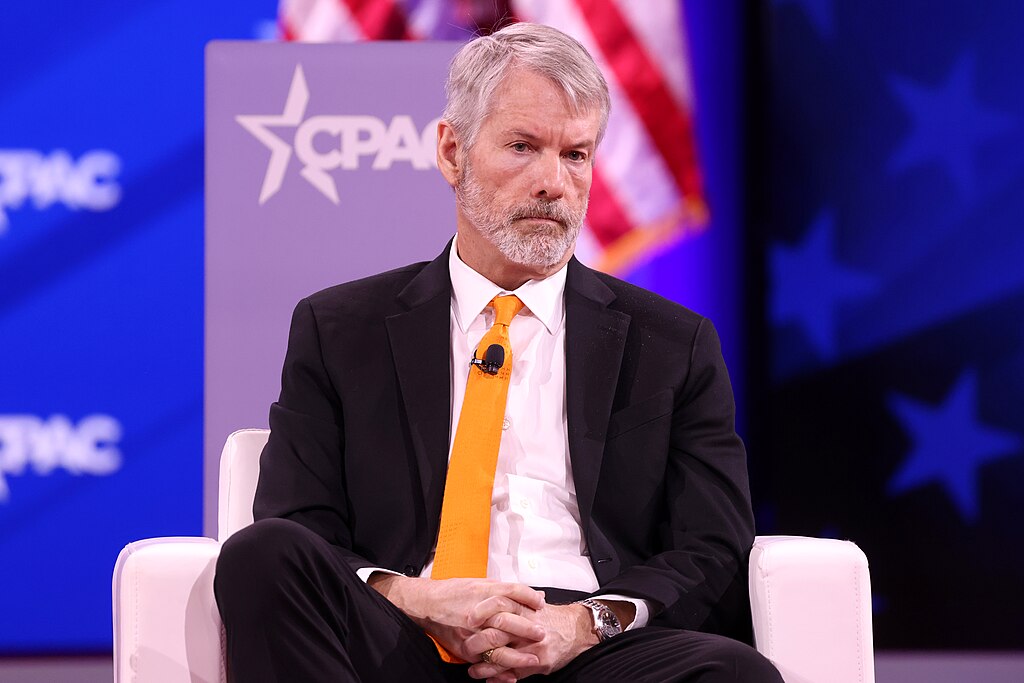Seventeen years after its release, the Bitcoin white paper remains more than just the origin of cryptocurrency—it’s a visionary response to structural flaws in global payments and settlement systems. While many still see it as a novel technical achievement, its real message goes deeper: the white paper exposes the inefficiencies of a financial system reliant on intermediaries and proposes a transparent, rule-based digital value transfer model that’s still relevant today.
Traditional payment systems, built for a slower economy, struggle to meet the demands of modern digital commerce. Consumers face delays, merchants absorb fraud losses, and cross-border transactions remain costly and slow. Even with technological progress, dependence on intermediaries continues to create friction and risk. Bitcoin addressed these problems by introducing a decentralized system where anyone can send value directly without relying on central authorities.
Through cryptographic proof and consensus mechanisms, Bitcoin created a secure digital settlement layer independent of institutions. This innovation paved the way for scalable solutions like the Lightning Network, which enables instant, low-cost payments while anchoring to Bitcoin’s secure base layer. This layered structure allows Bitcoin to handle high transaction volumes while maintaining transparency, neutrality, and trust.
Critics often misunderstand Bitcoin’s purpose. It wasn’t designed for instant daily payments but as a settlement layer supporting faster, user-friendly systems above it. Price volatility and intermediary roles are also often misinterpreted—Bitcoin offers a foundation for optional intermediaries and stable payment options through secondary layers or stablecoins.
As digital commerce expands, Bitcoin’s layered evolution remains crucial. Its architecture continues to inspire developers and institutions to build a more inclusive, resilient, and efficient financial system. The white paper’s vision endures as a guide toward achieving transparent, secure, and scalable digital settlement for the modern economy.


























Comment 0